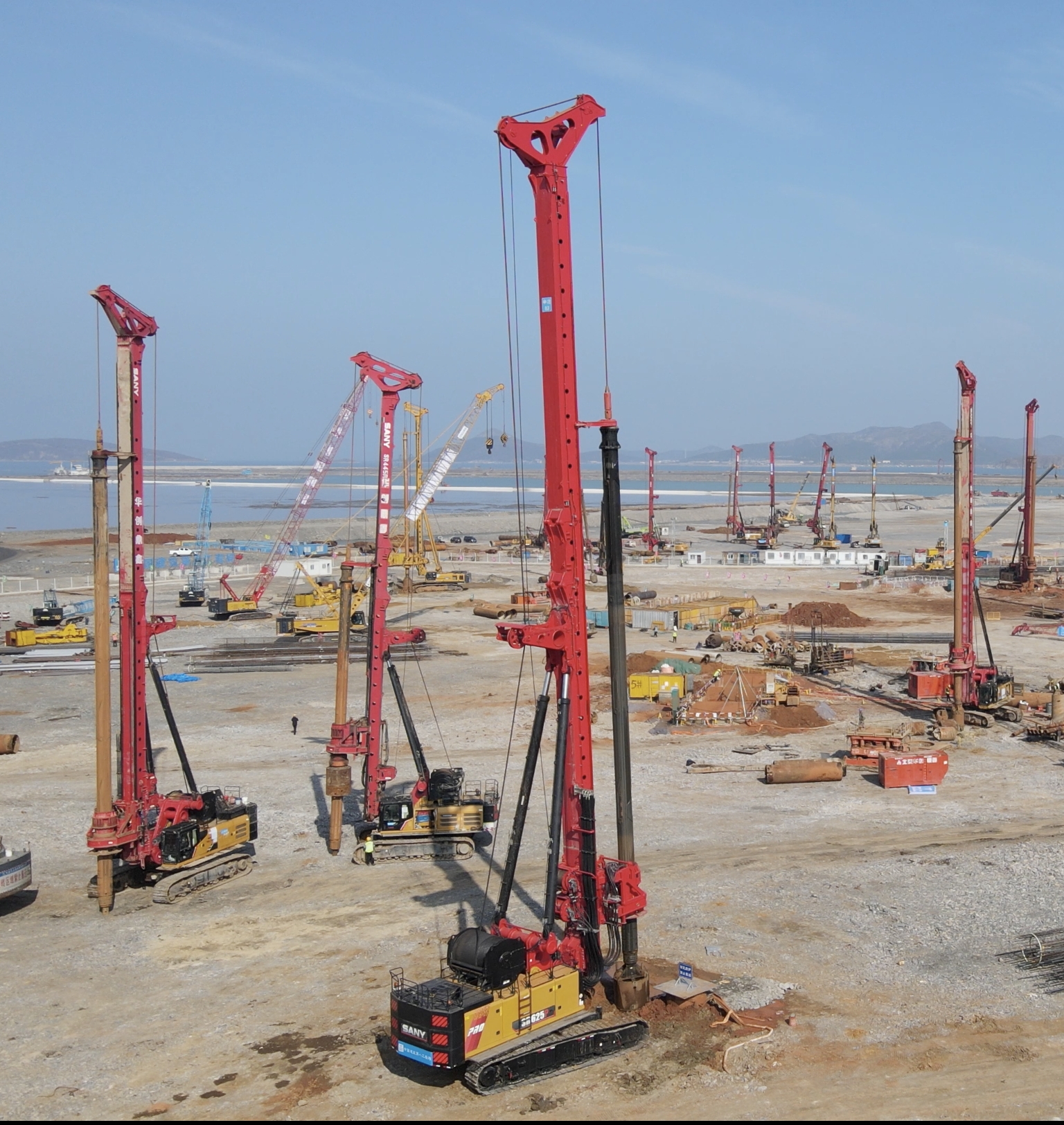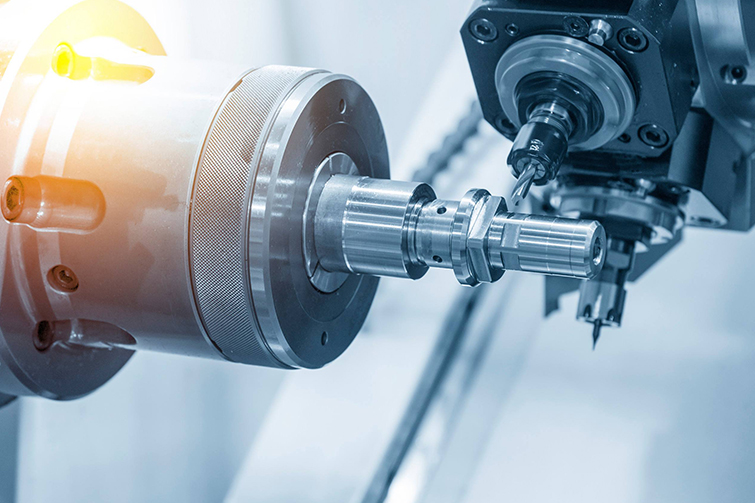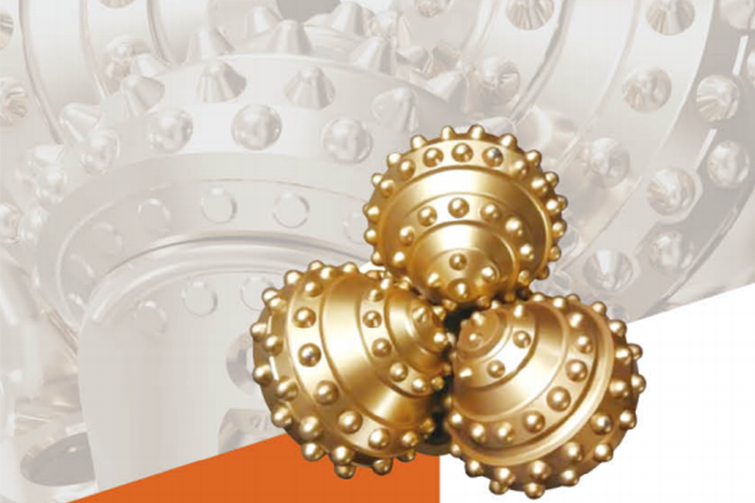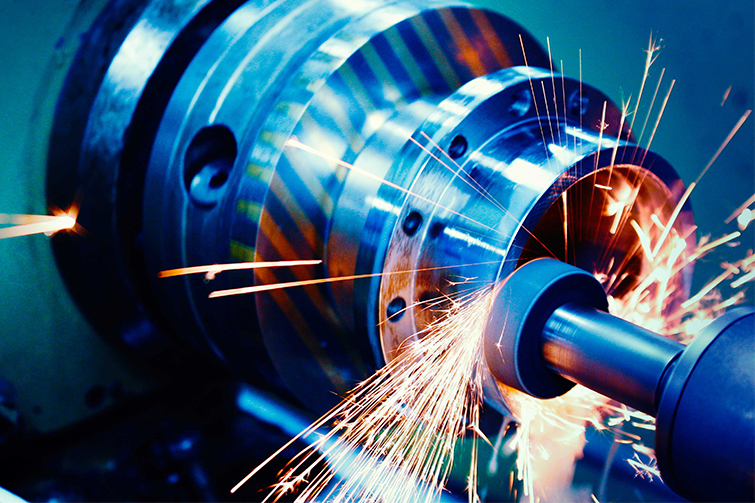

The Ultimate Guide to Durable and High Durability Materials in Modern Engineering

Understanding Durability in Materials
Durability refers to a material's ability to withstand wear, pressure, or damage over time. High durability materials are those that excel in these conditions, often used in environments where failure is not an option. From aerospace to construction, the demand for such materials is at an all-time high.
The Science Behind High Durability
The secret to a material's durability lies in its molecular structure and composition. Innovations in material science have led to the development of alloys, polymers, and composites that offer unprecedented levels of strength and resistance to environmental factors.
Applications of Durable Materials
Durable materials find their applications in various sectors. In the automotive industry, they're used to manufacture parts that can endure extreme temperatures and pressures. In electronics, they ensure devices last longer, even under harsh conditions.
Benefits of Using High Durability Materials
The primary benefit is longevity, which translates to cost savings over time. Additionally, these materials often require less maintenance and can contribute to sustainability by reducing the need for frequent replacements.
Future Trends in Material Durability
Research is ongoing into materials that are not only durable but also lightweight and environmentally friendly. The future may see the widespread use of self-healing materials and those with adaptive durability.
Common Questions
What makes a material durable?A material's durability is determined by its resistance to physical, chemical, and environmental stressors. Factors include tensile strength, hardness, and corrosion resistance.
How do high durability materials impact product design?They allow for the creation of products that are more reliable and have longer lifespans, enabling designers to push the boundaries of innovation.
Are durable materials always more expensive?While the initial cost may be higher, the long-term savings in maintenance and replacement often make them a cost-effective choice.








